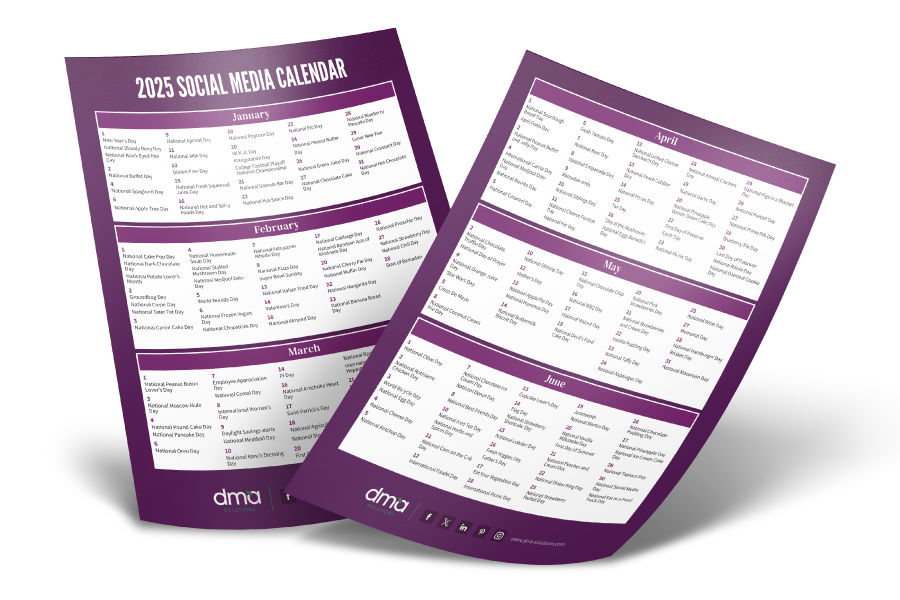Mastering Brand Messaging: The Ultimate Guide to Transform Your Brand’s Story
Think you have the messaging for your brand properly defined? Think again.
The truth is, it’s a rare exception when we encounter a brand who has done proper strategic messaging groundwork and definition, and it’s even rarer to find a brand that is consistently applying their messaging across all marketing touchpoints. Why? Well most of the time, we’re flat out approaching messaging in the wrong way.
The right way to tell your story
Have you ever heard the song, “I want to talk about me” by Toby Keith? We’ve all been around that person who just loves to talk about themselves. And I’m pretty sure none of us have walked away feeling valued or that our problems mattered. But yet, we somehow forget this life lesson when it comes to telling our brand’s story! Instead of positioning our brands as the hero, we simply transition our position in the story to become the guide who helps the hero find what they’re searching for. This means your messaging shouldn’t lead with information about your company or your product, it should lead with the customer in mind.
Think about it, every great story has a hero, but more importantly, that hero has a guide. Someone who comes along and points the hero to the ultimate solution. This means you need to be Robin, not Batman. You need to be Glinda, the good witch of the north, not Dorothy. You need to be Mr. Miyagi, not Daniel.
Brand messaging, whether it’s on a website, social media, advertisements, or internal communications, needs to position the audience as the hero while we (the marketer) focus on guiding them to success. But does it really matter that much? Why yes, yes it does. Here’s why it’s important:
Why it’s important to define messaging for your brand
- Establishes Direction for the Company – A messaging guide serves the brand in several ways but perhaps the most beneficial is the establishment of a brand’s compass or direction when writing or speaking about the brand, whom it serves, and why it is important to the world.
- Provides Positioning for the Brand or Product -You know it and I know it, there are four P’s of marketing and positioning is one. If your company or brand does not have a messaging guide, and yet are struggling to communicate in a way that is effective when selling, it is likely because your position in the marketplace has not yet been defined. Sure, you may have defined it internally, but the rest of us may still be wondering.
- Creates Uniformity amongst Stakeholders – If everyone at a company is not on the same page about who we are and what purpose we’re serving as a business, then what exactly are we doing every day? Taking the time to define these extremely specific and important bits of information can be the key to internal and external communications simply by creating uniformity.
- Communicates Your “Why” – QUICKLY – When trying to explain what you do and why you do it to prospect customers, recruits, or consumers, when you have a messaging guide, this seemingly complicated strand of “key talking points” is simplified allowing you to share the right message with the right audiences in a flash.
- Serves As Go-To Copy for Marketing Assets – Perhaps this is the most important reason of all to define your messaging. When creating marketing materials from web pages to tradeshow booths, having established messaging takes the guesswork out of having to write things from scratch and gives you a foundation from which you can build upon, depending on the end deliverable.
So how do you begin?
Steps to properly define messaging for your brand
- Determine who is the hero of your story. This may seem obvious, but before you start building your brand’s messaging, it’s important to define the hero in your story and along with this, understand fully the challenges that your hero faces on a daily basis. Once you understand the hero’s challenges, your next step is to help solve them.
- Craft your key messages for the person listening to or reading your story. Often times marketers struggle to stay away from “me, me, me” messaging. You know what “me, me, me” messaging is, right? It’s messaging that only addresses who you are, what you do, and what purpose your business serves. To create branding that is intentional, you should consider reframing your messages to speak to your hero and address their challenges head-on. By doing this, you show empathy, that you truly understand your customer better than anyone else, and present yourself as a guide in the hero’s story.
- Understand your role in the hero’s story. In almost every good story, there is a hero, a villain, and a guide. When it comes to your brand, your customer is the hero, you are the guide, and the problems your hero faces are the villains of the story. To shape your brand to be more intentional, your role and position as the guide in the hero’s story is selfless, helpful, and ultimately preferred to other brand choices that are less empathetic.
- Help the hero see the future. No, not in a fortune teller kind of way but in a marketing positioning way instead. To set your brand up for success with intentional messaging, you must help the hero understand what the future looks like with you, the guide, in it. And while you’re at it, you should also show the hero what the future looks like without you in it if they are left to choose to work with other product or service providers that can’t touch what your brand is capable of doing to solve the hero’s challenges.
- Focus on your brand’s value, advantages and differentiators. As Donald Miller, author of Building a Storybrand, says, ”Alfred Hitchcock defined a good story as ‘life with the dull parts taken out.’ Good branding is the same. Our companies are complex, for sure, but a good messaging filter will remove all the stuff that bores our customers and will bear down on the aspects of our brand that will help them survive and thrive.” As the guide in your hero’s story, you are essential to their daily lives by helping them improve productivity and ultimately profitability, which should not be taken lightly. Remember to speak to the benefits and outcomes that your hero will eventually realize with you as their guide.
We believe that branding and messaging are the right places for marketers to start when considering “how to improve marketing efforts” before spending money on other typical marketing activations. At DMA Solutions, we can develop and finalize a messaging guide for your brand in approximately 45 days or less! Sound like something you might be interested in? Let’s talk.













